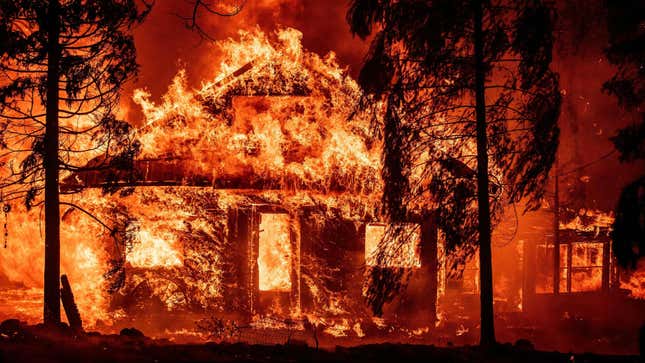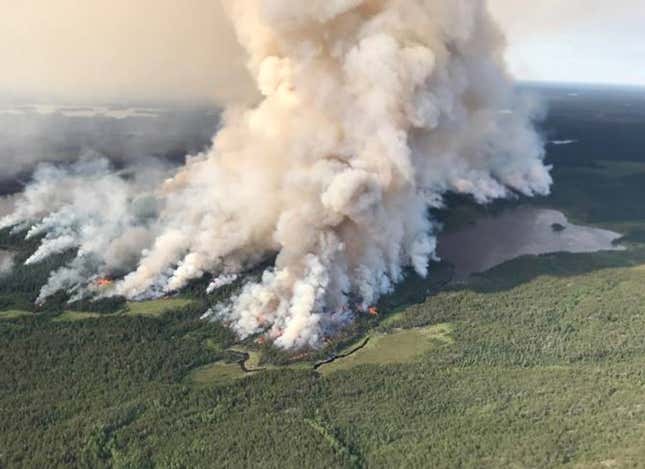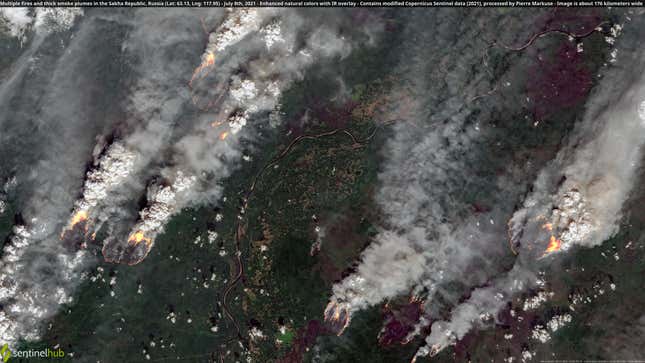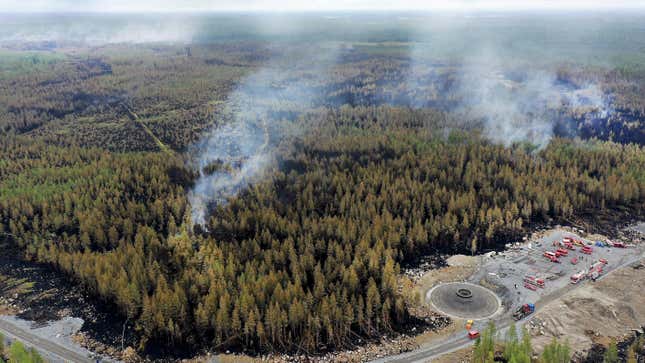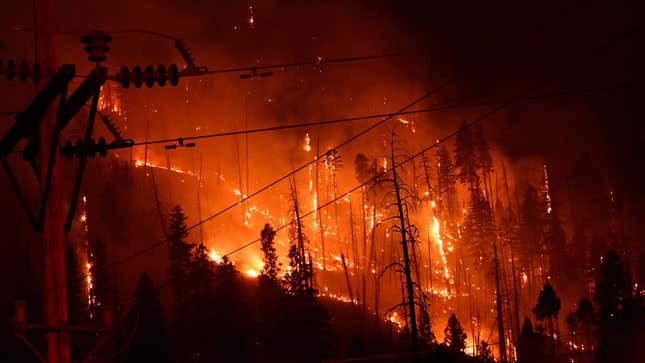
Geologists have debated whether to call this era the anthropocene, a geological period where humans are the dominant force reshaping the planet rather than natural processes.
It’s a fair discussion, but I think we might be better off calling it the pyrocene. Flames are beginning to define life on Earth. The summer of 2021, in particular, has been a seemingly endless string of news about various places on fire to the point where it’s almost easier to keep track of places that aren’t on fire than those that are.
Humans have a role to play in those fires, of course. Climate change has increased the odds of large, destructive fires by heating things up, which is drying out trees and grasses. In some locations, notably the western part of North America, a century of fire suppression has also left forests overburdened with fuel. Even as these risks have crept up, people have increasingly moved to the forests. There’s even a world for the place where millions now call home: the wildland-urban interface. Infrastructure like power lines has further upped the risk of igniting fires that then explode in hot, dry conditions and overstuffed forests.
These factors have combined to bring the pyrocene into existence. And as this summer shows, nary a forest is safe from igniting. Here are some of the notable fires and regions burning right now.
